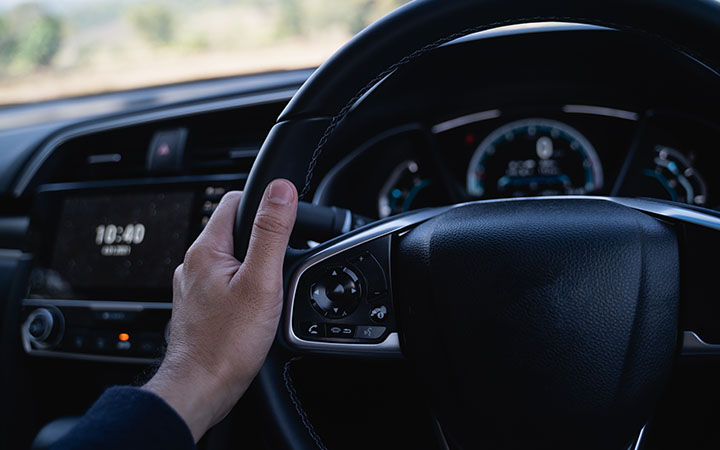The modern motor vehicle is a complex combination of unique construction materials, attachment methods that were only seen in aircraft technology previously and some of the most advanced driver assistance systems ever seen. So how is this one person supposed to be an expert in all of this?
When giving an estimate on a vehicle there are many things that need to be considered even before a hammer has struck its first blow.
What are the areas of expertise for an estimator?
Years past an estimator relied on his or her many years of experience to determine the severity of the damage, whether it was cosmetic or structural. If upon a visual inspection, it was evident that there was structural damage to the front of the vehicle, one of the tools to determine severity was to walk around and check the roof for damage and to open and close the front door to check its operation. If either of these showed signs of damage, then it was bad. With construction materials including exotic steels, aircraft grade aluminium and composites usually reserved for expensive yachts, vehicles are no longer the same. These visual indictors will no longer provide the estimator with this valuable information.
Where do I find the information I need to estimate a modern vehicle?
When researching what the vehicle is made of, what I can do with the materials, whether they can be repaired and if not, how are they replaced there are many factors to consider. Different brands, makes and models at any time can be presented at a body shop for repairs and the estimator is expected to be an expert in all of this. Many OEM information sites may be restricted to their dedicated repair networks or be a subscriptions-based service. While some are reluctant to pay for repair information, we need to understand that we can no longer rely on experience only to guide us to a complete, safe, and quality repair.
What is this vehicle made of?
Attachment methods of cosmetic and structural components are not just bolting and welds anymore. As most vehicles are now considered multi- material, the attachment methods vary to include flow formed rivets, punch rivets, half hollow rivets, friction stir welding, friction element welding, clinching and roll seaming. This is terminology that was not even mentioned 2 years ago and now the estimator needs to understand all of these and how they affect reparability.
What Advanced Driver Assistance Systems (ADAS) does this vehicle have and do we understand what must be done pre and post repair?
The estimator will be required to understand all the systems that are present on the vehicle in question to determine if any parts of this system will need calibration or resetting. The consumer relies on these advanced systems to perform a task and it is imperative that everything works as it should once the vehicle has been repaired. As the estimator works their way through all the repair information, they need to be almost multilingual to even understand the terminology and symbols that may be present in any technical document. All this is being done before the estimator has even started to generate a repair order let alone attribute some costs to the repair process.
One thing that often gets overlooked in the estimating process is whether this vehicle needs any specialist tooling to complete repairs. Specialist tooling may come in the form of welders, punch rivet guns, heating mats or small clamping devices.
For the estimator to perform accurate damage analysis of any damaged vehicle, they require extensive training in many areas as outlined above. Training would take into consideration measuring, advanced construction materials, alternate fuelled vehicles, ADAS systems requirements and adhesive technologies. Through I-CAR Australia, there are over 40 individual programs that would assist in gaining the knowledge to complete an accurate damage analysis. http://i-car.com.au/course-catalogue/
The role of the estimator is one of the most complex and time-consuming tasks completed during the entire repair process. If not done precisely, it can lead to high supplementary costs, increased downtime, and potential loss in productivity.


